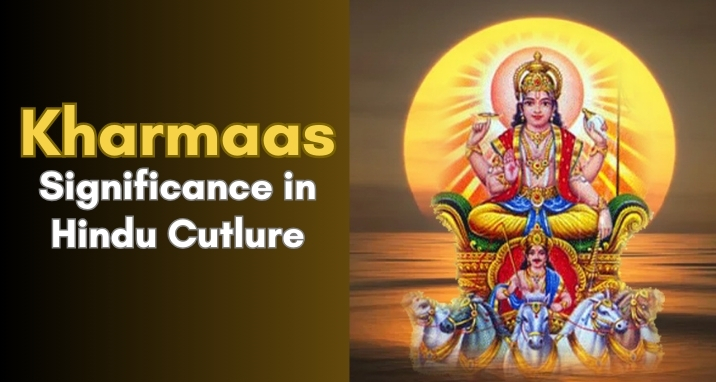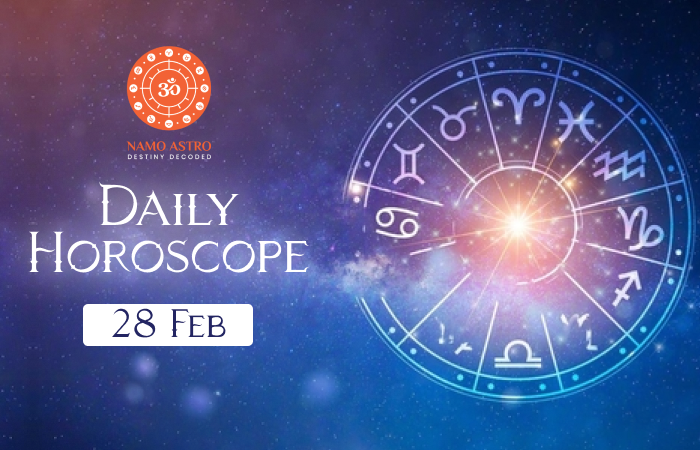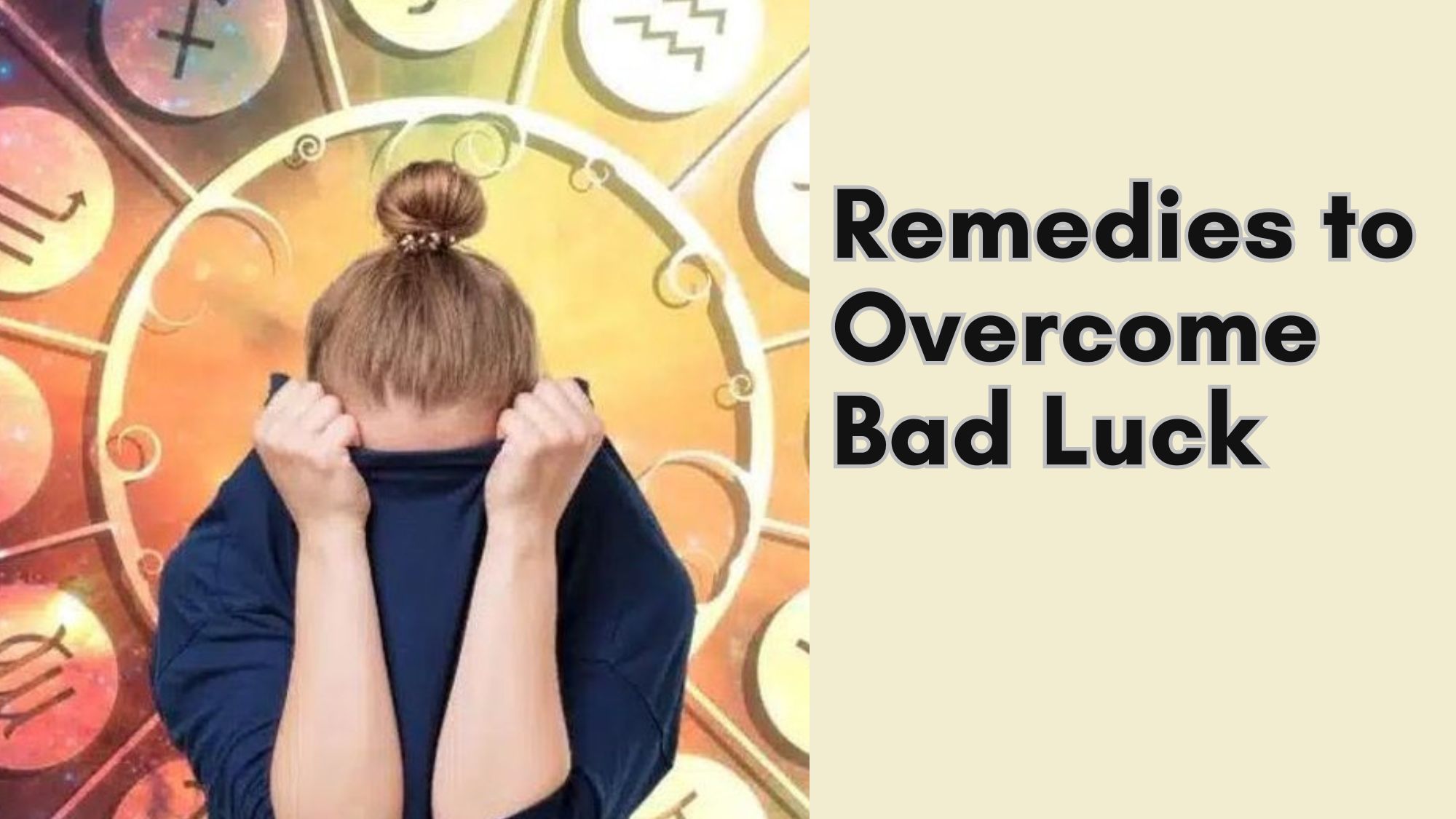Kharmaas and its Significance in Hindu Culture

What is Kharmas?
Kharmas or Malmas, is a period in Hinduism considered inauspicious for certain activities. It occurs when the Sun transits from Scorpio to Sagittarius and Aquarius to Pisces, lasting for a month. It usually begins in the middle of December and lasts until mid-January and again in the middle of March and then ends in the middle of April. All good activities, such as marriages, are prohibited during this time. During the Sun’s transit in Sankranti, the element of fire is at its peak. This time is useful for activities that involve debates. Here, we will tell you about Kharmas and its significance in Hindu culture in detail.
What is the Astrological Significance of Kharmas?
Sankranti means the change of the Sun god’s place from one zodiac to another. During this period, the Sun travels from Scorpio to Sagittarius and that is why it is known as Dhanu Sankranti. When the Sun enters Sagittarius, Malmas begins. After a month, when the Sun enters Capricorn, it gets over. Similarly, when the Sun enters Pisces, Malmaas begins and ends when it enters Aries. This phenomenon takes place twice a year, once in December-January and a second in March-April. Once during Sagittarius (Dhanu) Sankranti and the other during Pisces (Meen) Sankranti.
During Kharmas, the Sun becomes weak and furious. Since Jupiter is the lord of both Sagittarius and Pisces, due to the proximity of the Sun to both zodiac signs, Jupiter loses its positive influence and becomes weak. Due to exposure to the Sun, the auspicious effect of Devguru Jupiter gets reduced or attenuated. Hence, Kharmaas occurs during the transit of the Sun God in Sagittarius and Pisces. That is the reason any auspicious activity, except for worshipping the Sun is restricted during this period.
What is the Story Behind Kharmas?
Bhagwan Surya Narayan rides his chariot, which is pulled by 7 horses. He revolves around the universe. Now, the horses get tired; however, they cannot stop; otherwise, it would lead to a disaster. So, God eventually allows horses to rest and drink water. During this period, donkeys pull his chariots instead of horses. As it takes more effort for donkeys to pull the chariot, this period is known as Kharmas. During this time, the speed of the chariot decreases. The entire phenomenon takes place for a month. After the month, the horses again take over.
What to Do During Kharmas?
One should do the following activities during Kharmas:
- Worshiping the Sun daily and offering him water in a copper vessel,
- Chanting “Om Ghrani Suryaye Namah”
- Taking holy baths in rivers
- Visiting temples
- Praying to Bhagwan Shiva
- People pray to Bhagwan Vishnu during this period for good luck
- Reading Gita and Ramayana
- Donations and charity
- Pilgrimages
- Observing fasts
- Taking part in spiritual activities
What Not to Do During Kharmas?
During Kharmas, one should not do auspicious activities such as the following:
- Attending a marriage event
- Buying a new vehicle
- Grah Pravesh
- Mundan ceremony
- Starting a new business
- Eating non-vegetarian food
- Consuming alcohol
- Drinking water that was kept in copper vessels
Performing activities that are restricted during this period can give bad results; for instance, a marriage during malmas, might not be satisfying. In the same way, a house constructed during this period will be weak and won’t lead to the happiness of the residents. Similarly, businesses that opened during this time rarely flourished.
To learn more about Kharmas and what activities you should perform, especially based on your birth chart, speak to India’s leading astrologers now.
Frequently Asked Questions
Q: Is Kharmas good or bad?
A: Kharmas or Malmas is a period in Hinduism considered inauspicious for certain activities.
Q: Can we buy property in Kharmas?
A: Auspicious activities such as buying new properties are restricted during this period.
Q: How many times do Kharmaas come in a year?
A: In a year, there are 2 kharmas.









